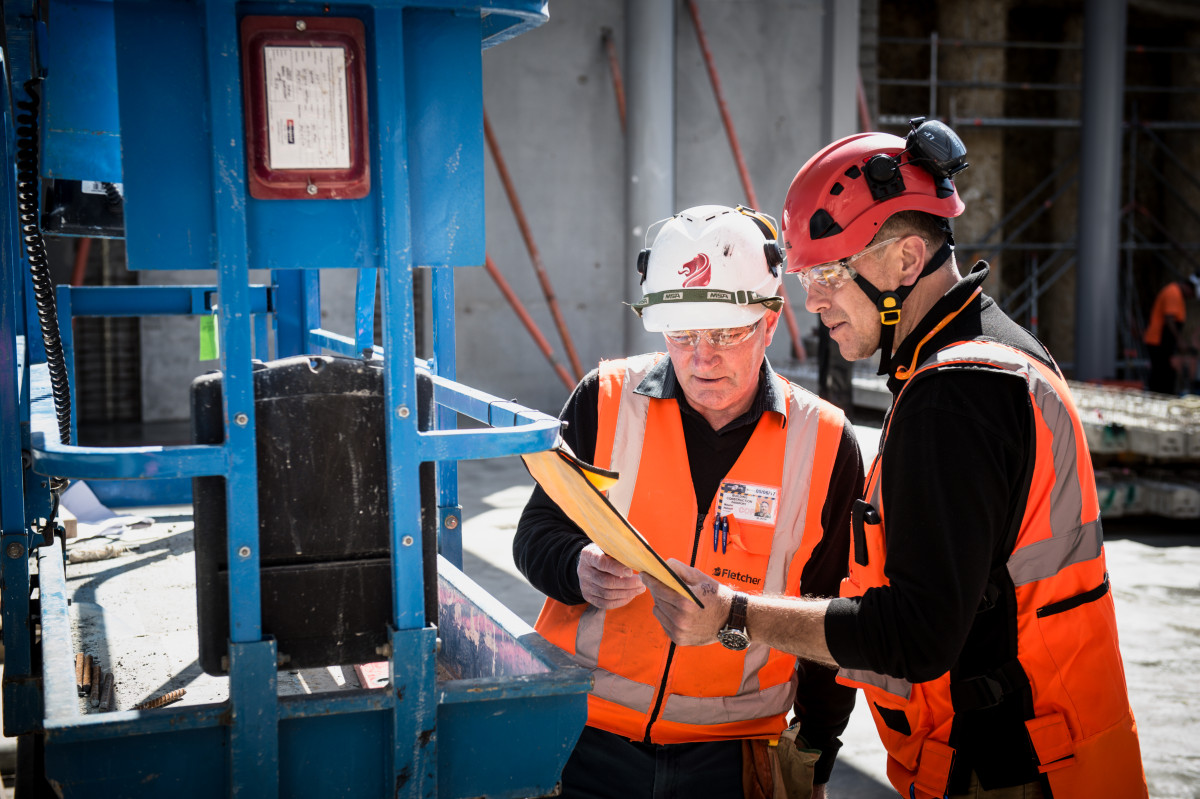Ticking boxes doesn’t cut it
01 Mar 2017, Featured, Prove Your Know How, Safety

Health and safety is everyone’s responsibility – whether you’re on site for five minutes or five hours
It’s generally accepted that assuming something without asking can lead to issues, and it’s no different onsite. This month Site Safe is looking to clarify subbies’ responsibilities.
Assumption: I’m a subbie and I’m only onsite for a couple of hours, surely I’m not responsible for health and safety and don’t have to do any paperwork?
Reality: Wrong. Even if you’re a subbie who is only onsite for a couple of hours, you still have health and safety responsibilities. From workers through to company directors, safety onsite is now everyone’s responsibility.
Example: Sam is a self-employed floor sander. He often does sanding on residential renovations for his friend Bruce, who is a builder. Although Sam may only be onsite for a few hours or days, he is still a PCBU (person conducting a business or undertaking) and has responsibilities. The extent of his duty will depend on his ability to control the risk he is creating. The more influence and control he has over the risk, the more responsibility he has. Because Sam is usually sharing a site with other crews or workers, he needs to consult with these other businesses to make sure everyone onsite is kept safe and aware of any risk he has created.
Under the recent Health and Safety at Work Act, clients, principals, main contractors and sub-contractors are all PCBUs. Despite the name, a PCBU is not necessarily one person – in most cases a PCBU will be a business entity, such as a company or organisation, but it could also be an individual running their own business, such as a sole trader. A PCBU has the “primary responsibility of care” to ensure the safety of its workers and anyone affected by its work.
PCBUs must (as far as is reasonably practical):
- Have a safe site, plant, structures and ways of working.
- Make sure plant, structures and substances are used, handled and stored safely.
- Provide facilities for the welfare of workers, such as running water and toilets.
- Provide the necessary information, training and supervision to protect people from risk.
- Monitor health and workplace conditions.
As Sam is self-employed, he is also classed as a “worker” under the Act. This means he also has a responsibility to take reasonable care to ensure the health and safety of himself and others in the workplace.
So, what should I be doing?
Let’s take Sam. He may only be onsite for a day but he still needs to be thinking about what risks there might be and what he can do to manage them. As a minimum, Site Safe suggests that Sam:
- Meet with the main contractor before starting work to discuss the job, any risks and what to do in an emergency.
- Completes a Site Specific Health and Safety Agreement with the main contractor, a Hazardous Products and Substances Register for his varnishes and stains, and a Site/Job Hazard Risk Register. The Hazardous Products and Substances Register may be the same for most of his jobs and might just need minor changes for each job.
- Does a quick Step Back 5×5 to think through the job. A Step Back 5×5 is when you step back five paces from the job and spend five minutes planning.
This is just an example of one scenario – it is important to remember that each job is different and will require a different approach depending on the circumstances.
Not just ticking the boxes
- By talking to the main contractor and completing the Agreement, Sam is helping to communicate what he is doing about safety.
- By completing the Hazardous Products and Substances Register and Site/Job Hazard Risk Register, he is communicating what the risks of his work might be and how he will manage them onsite.
- By completing the right safety documentation, he is not just “ticking the boxes” but taking a systematic approach to managing risks.
Taking these steps reduces the chances of miscommunication and mistakes and, in the event of an accident or injury, it is also evidence that Sam is on top of safety. In a nutshell, the job is not there to create paperwork, the paperwork is there to support the job.
What next?
If you’re wondering what to do about health and safety, then a great place to start is the Site Safe website, where you’ll find a free electronic Site Specific Safety Plan. This document has many of the individual templates that you need to get a basic system in place including:
- Hazard register
- Task Analysis / Safe Work Method Statement
- Emergency Response Plan
- Training and Competency Register
- Accident/injury register
- Hazardous Products and Substances Register
- Accident and Incident Investigation Report
Site Safe also offers the Advanced Passport course, designed to help you understand risk management and Site Specific Safety Plans. For more information on this, or to enrol, go to www.sitesafe.org.nz.
Register to earn LBP Points Sign in
2 Comments
Leave a Reply
You must be logged in to post a comment.




Good quiz
done